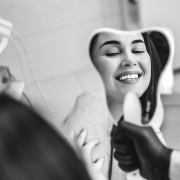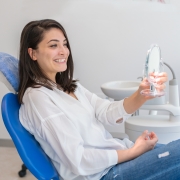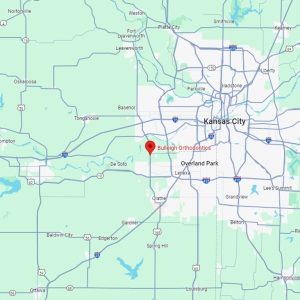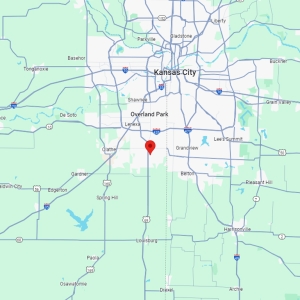The Hidden Benefits of Orthodontics Beyond Aesthetic Appeal
The main purpose of orthodontics is to realign teeth, and that hasn’t changed. But there are additional, “hidden” benefits that go along with orthodontic treatment that aren’t as obvious as the improvement in the outward appearance reaped by successful orthodontic treatment. From improved health to better function, orthodontics can have a significant impact on overall well-being.
Improved Oral Health
Crooked or misaligned teeth can make it difficult to clean your teeth properly, leading to a higher risk of cavities, gum disease and bad breath. Straightening your teeth with braces in Overland Park, KS or clear aligners helps ensure that each tooth is properly aligned, making brushing and flossing easier and more effective. This can result in healthier teeth and gums, literally reducing the likelihood of dental issues in the future.
Better Functionality
Orthodontic treatment can also improve the functionality of your bite. When teeth are properly aligned, it reduces unnecessary stress on the jaw, teeth, and gums. Bite problems like overbites, underbites, or crossbites can cause issues like difficulty chewing, speaking, and even breathing.
Reduced Risk of Jaw Issues
Misaligned teeth can put extra strain on the jaw, leading to conditions like temporomandibular joint (TMJ) disorders. TMJ can cause pain, clicking sounds, headaches, and difficulty opening and closing the mouth. By straightening the teeth and aligning the jaw, orthodontic treatment can reduce the risk of developing TMJ issues, improving overall comfort and function.
Improved Self-Confidence
While the cosmetic benefits of orthodontics are well-known, having straight teeth can also lead to increased self-confidence. A healthier, more attractive smile really can improve how a person feels about themselves, boosting social interactions and personal confidence.
Your orthodontist in Overland Park, KS offers much more than just aesthetic improvements—orthodontics can enhance health, function and well-being in ways that patients might not even realize. Contact us today to book your appointment.










